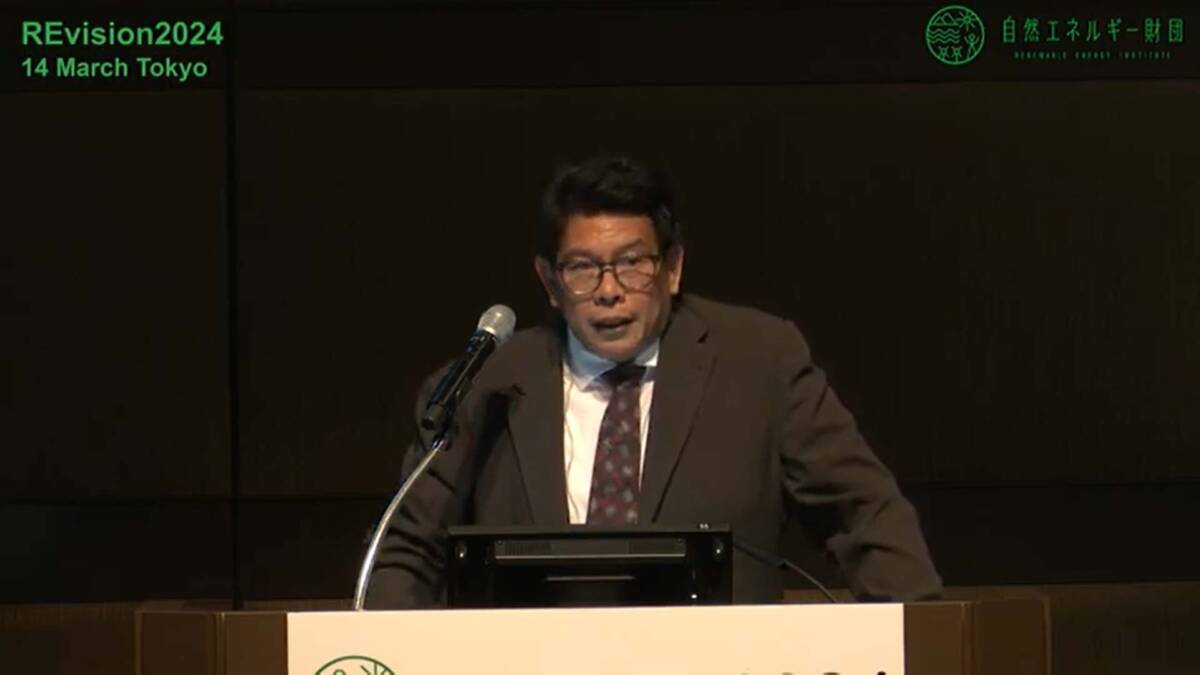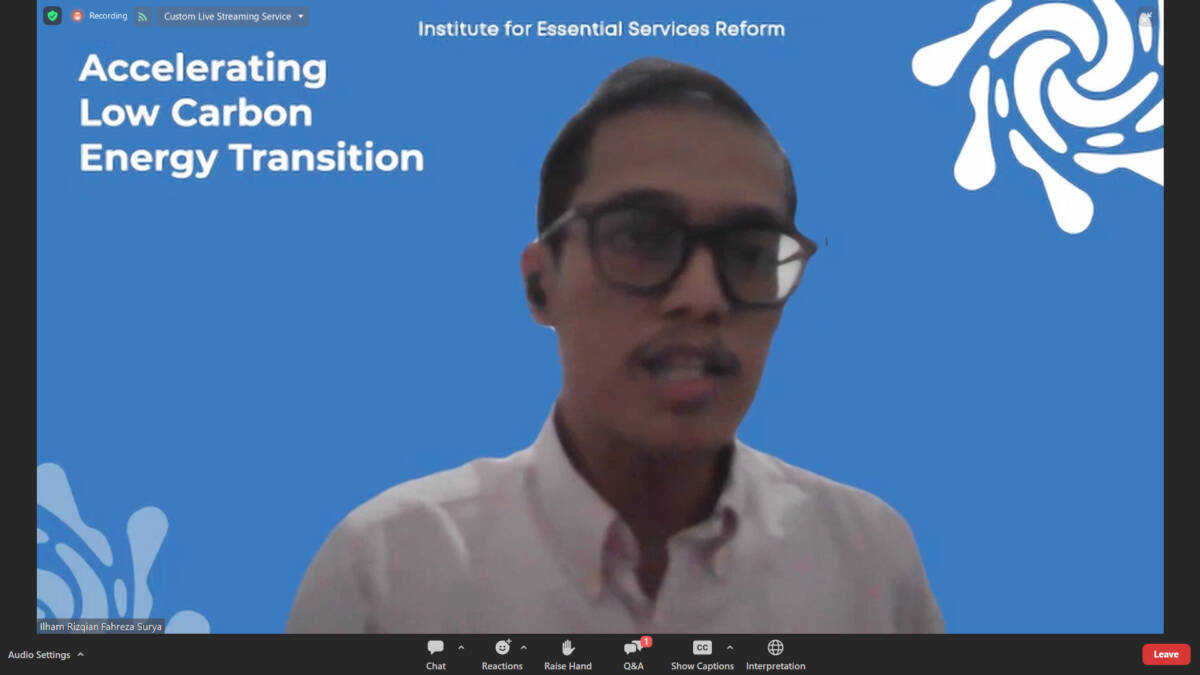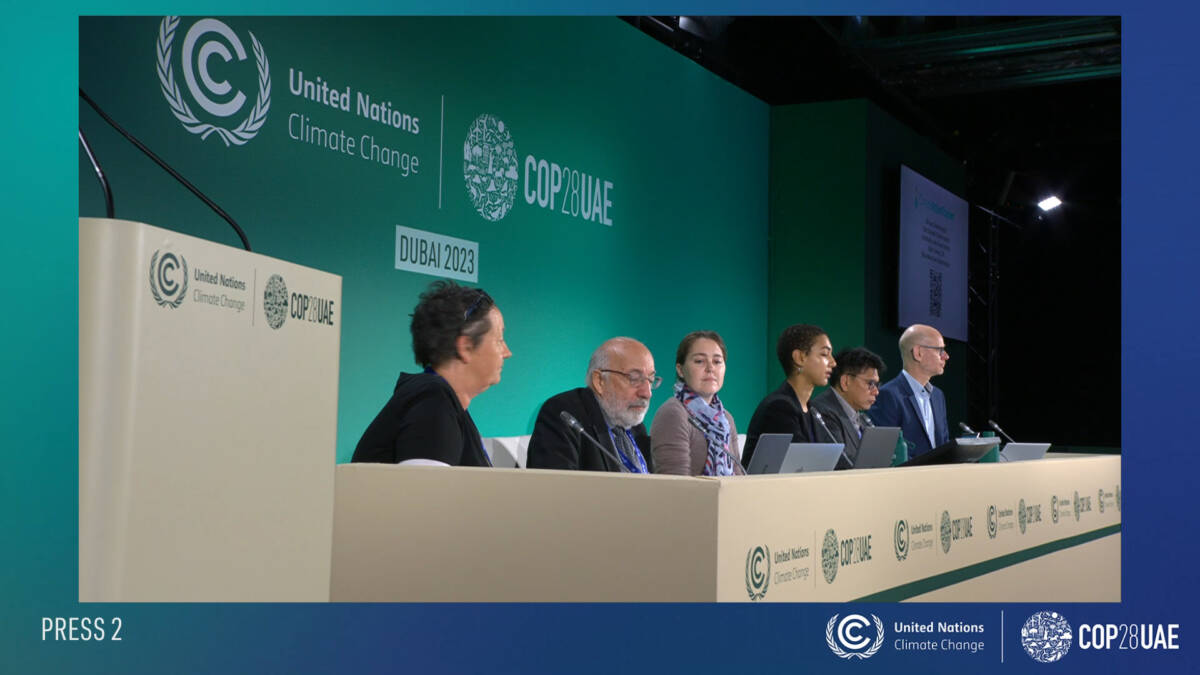Jakarta, April 30, 2024 - Energy transformation requires adequate financing to ensure a smooth and equitable process. The Institute for Essential Services Reform (IESR), a leading think tank on energy transition and environment based in Jakarta, disseminated a report titled "Identification of Financing Needs for an Equitable Transformation of Indonesia's Electricity Sector". The report, created…





